-
GeneralGeneral
-
War and Health Homepage
This War and Health course provides techniques that help reduce the negative impacts of war and violence on human health. All components of this training are free, including registration, learning, testing, and a certificate of completion. This course is intended for medical and public health trainees and practitioners.
This War and Health course was developed in partnership with International Physicians for the Prevention of Nuclear War, the European Medical Peace Work Network, Physicians for Social Responsibility, the University of Gezira, and the University of Haifa. Like all NextGenU courses, it is competency-based; this course utilizes competencies adapted from the European Medical Peace Work Network. In addition, the War and Health course uses resources from accredited, world-class organizations such as the Centers for Disease Control and Prevention, Physicians for Social Responsibility, the United Nations, and the World Health Organization. The War and Health course co-developers are Erica Frank, MD, MPH; George Holt, MD, MSE, MPH, MABE, D Bioethics, D HL; Yasmin Kassam, MPH candidate; and Sarah Youngblutt, Ph.D. candidate, supported by an Advisory Committee composed of: Thomas L. Hall, MD, DrPH; Shai Linn, MD, DrPH; and Dr.med. Klaus Melf, MPhil.
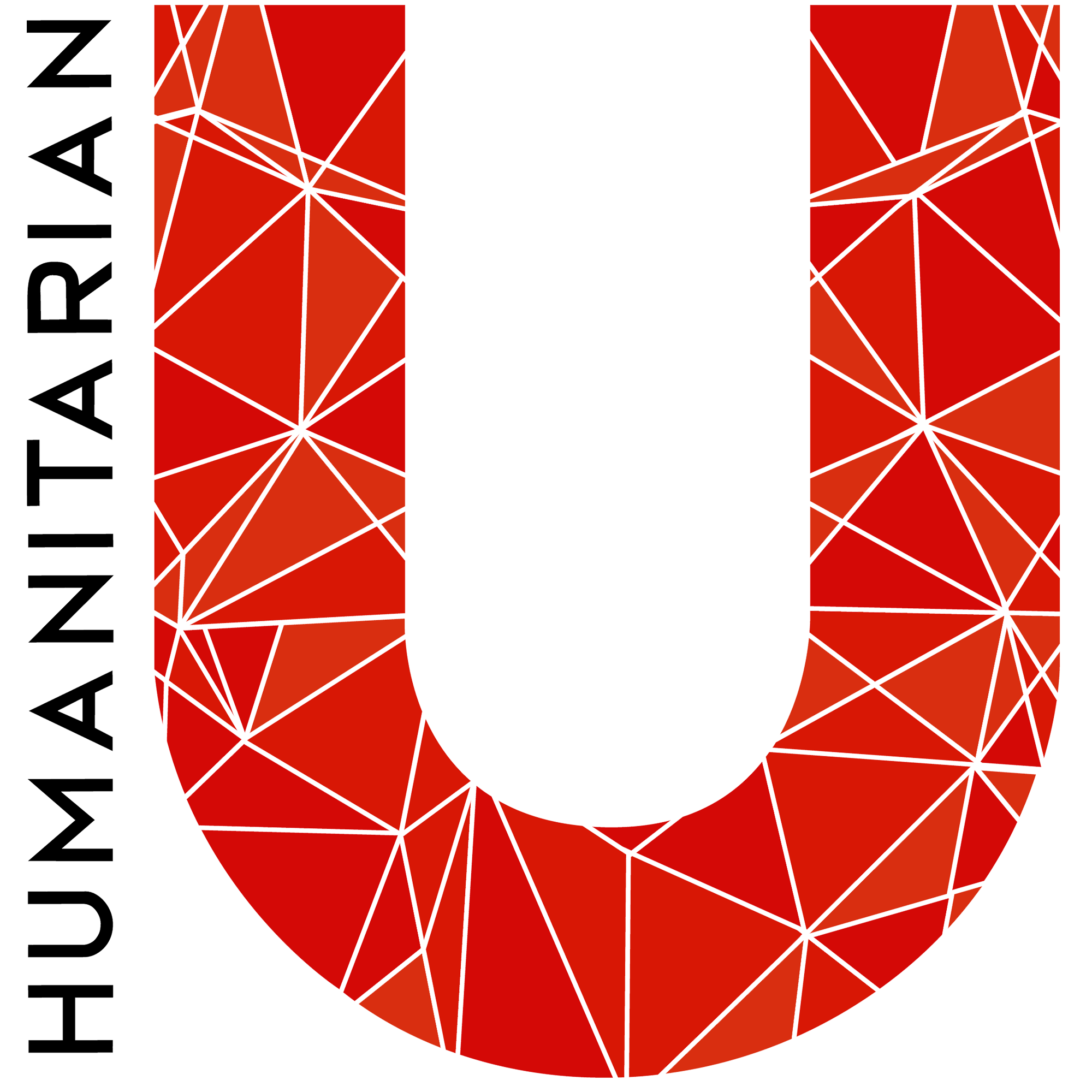
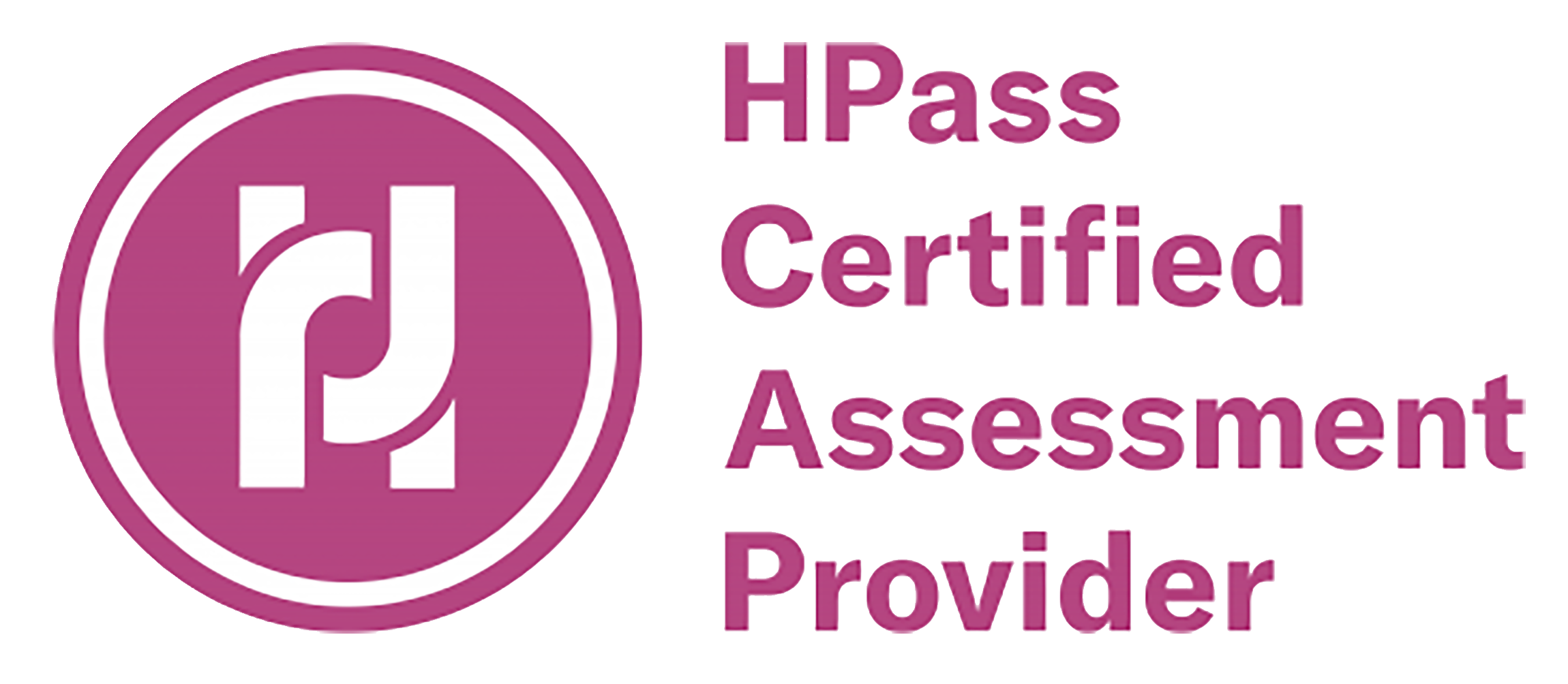
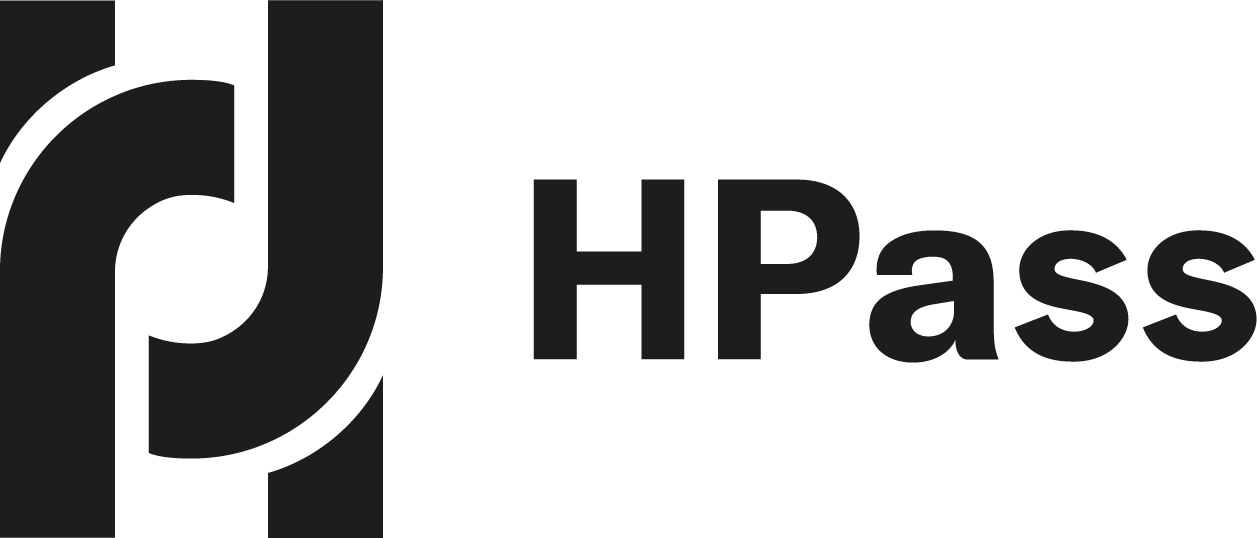
For a publication on this course’s efficacy, see “Building Public Health Capacity through Online Global Learning,” (2018), Open Praxis, to see more research related to NextGenU.org’s educational model, check out NextGenU.org’s publication page. Subscribe to our newsletter to be notified of future updates, new courses, and to be part of our community.
There are two components to this course. The first component involves completing the following 8 modules which provide:
1. An overview of the direct effects of war on public health, as well as indirect effects such as the displacement of native people and interpersonal violence;2. Strategies to cope with the effects of war;3. Overviews of some of the root causes of war and violence such as poverty and injustice
Approximate time required for the required readings for the course is 45 hours at an average reading rate of 144 words/minute; in addition, there are required activities.
At the end of each module, there is a practice quiz. At the end of the course, you will take a final exam; a chance to evaluate the course will also be provided.
In order to receive a certificate of completion, you will need to also complete the second component of the course, which includes four required peer activities.
The results of your assessments will be provided to you, and we can report your testing information and share your work with anyone you request (school, employer, etc.). We hope that you will find this a rewarding learning experience, and we count on your assessment and feedback to help us improve this training for future students.
The course requires completion of all required peer activities. At the end of each lesson, there is a practice quiz. At the end of the course, after you’ve completed each lesson, quiz, and activity, you’ll have access to a final exam, and a chance to assess the training. Once you’ve passed that last test, you will be able to download a certificate of completion from NextGenU.org and our course’s co-sponsoring organizations (listed above). We keep all of your personal information confidential, never sell any of your information, and only use anonymized data for research purposes, and we are also happy to report your testing information and share your work with anyone (your school, employer, etc.) at your request. We hope that you will find this a rewarding learning experience, and we count on your assessment and feedback to help us improve this training for future students.
Engaging with this Course:
You may browse this course for free to learn for your personal enrichment; there are no requirements.
To PASS and Obtain a certificate of completion
- Show in the registration fields that you have the appropriate prerequisites to be certified. This course requires a high school diploma.
- Complete all the reading requirements.
- Complete all quizzes and pass with a 80% with unlimited attempts..
- Complete peer activities and associated certification quizzes.
- Successfully complete the final exam with a minimum of 80% and a maximum of 3 attempts.
- Complete the self and course evaluation forms.
To obtain credit
- Complete all requirements listed above for the certificate
- Your learning institution or workplace should approve the partner-university-sponsored NextGenU.org course for educational credit, as they would for their learner taking a course anywhere.
- NextGenU.org is happy to provide your institution with:
- a link to and description of the course training, so they can see all its components, including the cosponsoring universities and other professional organization cosponsors ;
- your grade on the final exam;
- your work products (e.g. peer and mentored activities), and any other required or optional shared materials that you produce and authorize to share with them;
- your evaluations -- self-, peer-, and [for mentored courses] mentor assessments
- a copy of your certificate of completion, with the co-sponsoring universities and other organizations listed.
Next Steps
- Complete the registration form.
- Begin the course with Module 1: Health Workers, Conflict, and Peace. In each lesson, read the description, complete all required readings and activities, and take the corresponding quizzes.
-
Module 1: Health Workers, Conflict, and Peace
Competencies covered in this module:
- Learn the basic terminology for public health issues in war and health
- Describe the magnitude and impact of violence in a global context
- Know the types of interventions and policy responses that have been tried against violence
- Learn the potential and limitations of health workers in preventing and mitigating conflict
- Consider the place of public health in humanitarian aid and peace-building
- Understand human rights issues around war and health
- Develop skills required to teach emergency preparedness to students in the health care professions
-
Module 1: Lesson 1: Health Workers, Conflict, and Peace

Learning Objectives
- Learn about the different sources of violence and appropriate public health worker responses.
- Learn about the role of and constraints on health workers in preventing and/or mitigating destructiveness.
- Consider the place of public health in humanitarian aid and peace building.
- Become familiar with The Universal Declaration of Human Rights.
- Learn a process and list competencies for the skills necessary for teaching emergency preparedness to students in the health care professions.
9 URLs -
Module 2: Medicine, Health and Human Rights
Competency covered in this module:
- Understand the relationships between health care, medicine, and human rights.
-
Module 2: Lesson 1: Medicine, Health and Human Rights
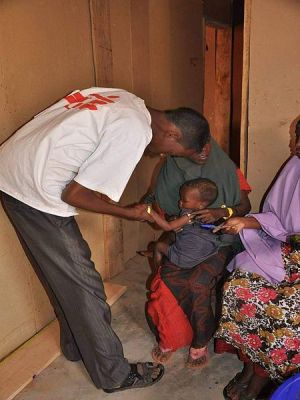
Learning Objectives:
- Understand the relationships between health care, medicine, and human rights.
3 hours and 34 minutes.
5 URLs, 1 File, 1 Quiz -
Module 3: War, Weapons and Conflict Strategies
Competencies covered in this module:
- Be able to describe how war, weapons, and strategies of violent conflicts impact health
- Gain knowledge of basic international humanitarian law, human rights, and the ethical codes that regulate health professions
- Examine the link between the different weapons used in war
- Learn about biological and chemical weapons and understand how governments prepare responses to such weapons
- Learn about the direct and indirect consequences of landmines on public health
- Learn about firearms as a public health concern
-
Module 3: Lesson 1: Weapons and Health
Learning Objectives:
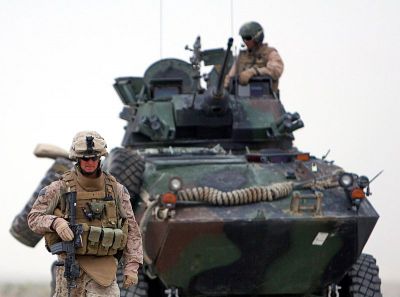
- Understand the health effects of war as well as the weapons and strategies of violent conflict.
- Become familiar with the range of weapons used in modern warfare.
- Examine the wide-ranging social issues associated with war.
- Gain a basic understanding of international humanitarian law, human rights, and the ethical codes that regulate the health professions.
- Examine the link between different weapons used in modern wars and their potential to injure civilians.
5 URLs, 1 File, 1 Quiz -
Module 3: Lesson 2: Biological and Chemical Weapons
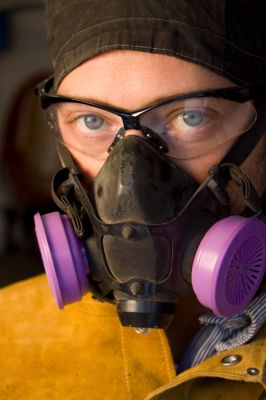
Learning Objectives
- Learn about biological and chemical weapons, including why their development, production and use are problematic and hazardous to those who would seek to use them and their victims
- Understand how and why governments seek to prevent the use of biological and chemical weapons and prepare and develop response plans as an integral part of national emergency and public health plans
1 URL, 1 Quiz -
Module 3: Lesson 3: Landmines
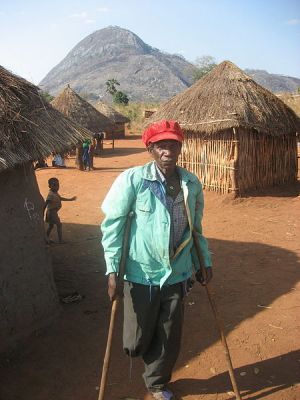
Learning Objective:
- Learn about the direct and indirect consequences of landmines on public health.
1 URL, 1 Quiz -
Module 3: Lesson 4: Firearms

Learning Objective
- Learn about the public health concerns regarding firearms
1 URL, 1 Quiz -
Module 4: Nuclear Weapons and War
Competencies covered in this module:

- Learn about the history of nuclear weapons
- Understand the role of health care professionals in anti-nuclear weapon campaigns
- Consider the historical and contemporary perspectives on nuclear arms control from world leaders
- Learn about the public health issues caused by nuclear war
- Consider the risks involved if terrorists were to obtain nuclear weapons
- Learn about the major treaties regarding nuclear weapons
- Consider the aftermath of a nuclear attack on a major metropolitan area
-
Module 4: Lesson 1: Nuclear Weapons

Learning Objectives
- Learn about the history of nuclear weapons
- Learn about the impact of health care professionals in anti-nuclear weapon campaigns
- Learn about the major policy obstacles faced by nuclear-armed states that might wish to eliminate their weapons
- Learn about the real and lasting threats from nuclear war on public health
8 URLs, 1 Quiz -
Module 4: Lesson 2: Nuclear Power and Health

Learning Objective
- Learn how nuclear power generation impacts the health of local populations
3 URLs, 1 Quiz -
Module 5: Structural Violence and the Underlying Causes of Violent Conflict
Competencies covered in this module:
- Examine the relationships between poverty, development, and violent conflict
- Consider the underlying causes of structural violence
- Learn about the relationship between structural violence and clinical medicine
-
Module 5: Lesson 1: Structural Violence and the Underlying Causes of Violent Conflict
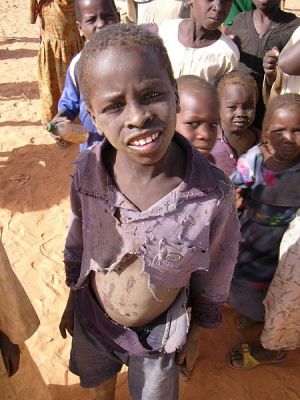
Learning Objectives
- Examine the relationships between poverty, development, and violent conflict
- Examine the underlying causes of structural violence at both the local and global levels
- Become familiar with the terminology of development and core issues such as poverty, inequality, and health as a basis for understanding the underlying causes of structural violence at both the local and global levels
- Learn about the relationship between structural and clinical medicine
4 URLs, 1 Quiz -
Module 6: Peace through Health in Violent Conflict
Competencies covered in this module:
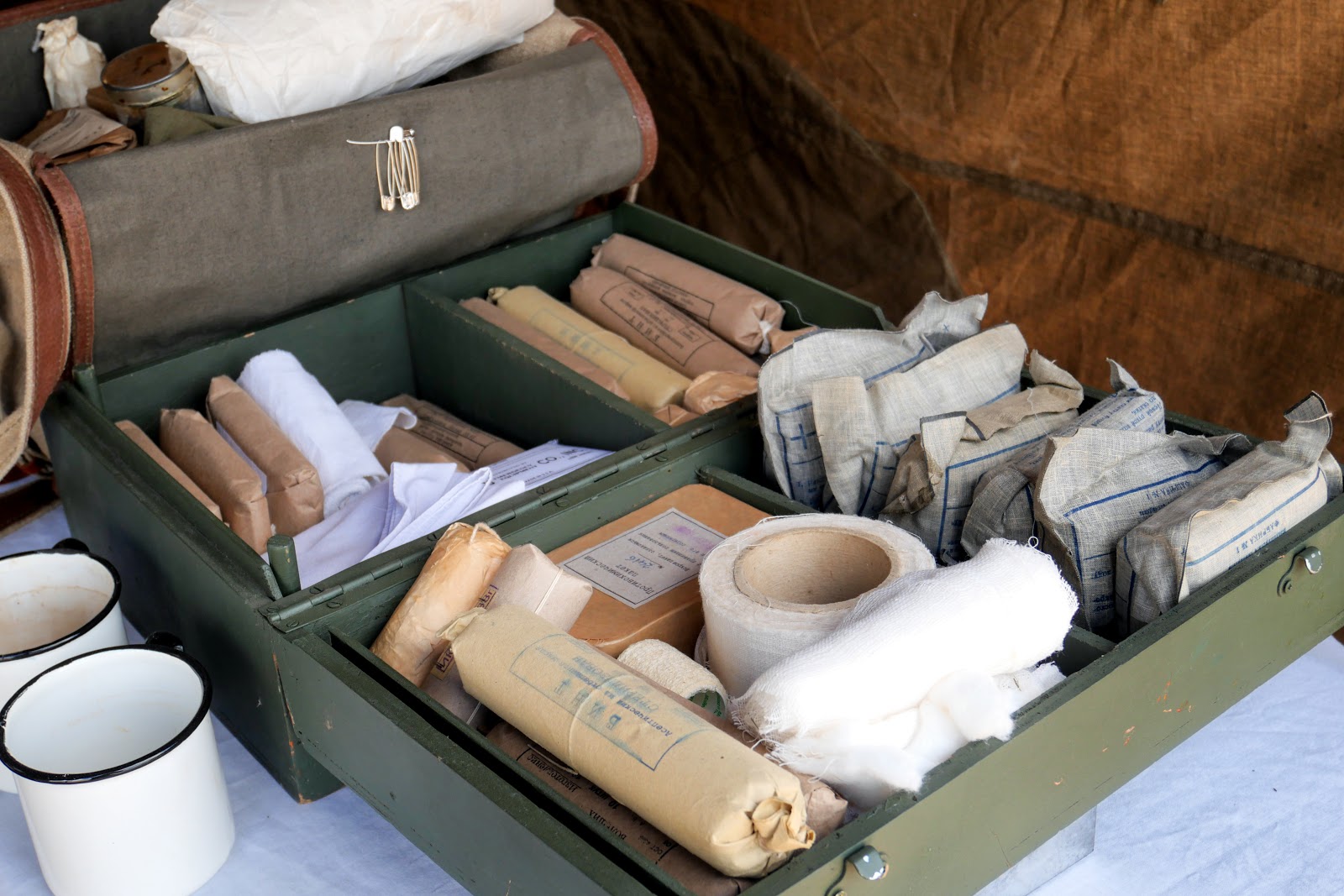
- Learn about the relationships between medicine, warfare, and militarization
- Understand how armed conflicts affect the provision of medical aid
- Consider peace-building through improving health care
-
Module 6: Lesson 1: Peace through Health in Violent Conflict
Learning Objective:
- Become familiar with the ways in which health professionals promote peace, prevent conflict, and decrease its effects in multiple ways
- Consider alternative approaches to peace-building through health care
3 URLs, 1 Quiz -
Module 7: Refugee and Migration Challenges
Competencies covered in this module:
- Understand the immediate public health needs of refugees and immigrants
- Develop skills for the provision of culturally sensitive health care
- Learn about the common mental health problems of immigrants and refugees
-
Module 7: Lesson 1: Refugee and Migration Challenges
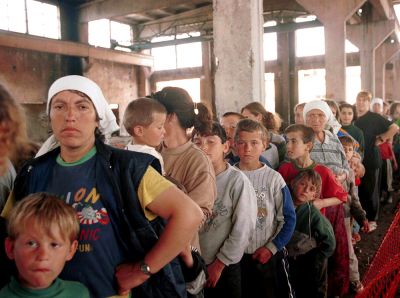
Learning Objectives
- Learn about the health and well-being needs of refugees and immigrants
- Become aware of the psycho social impacts of violent conflicts and their aftermath, including the journey into exile
- Develop skills in the provision of culturally sensitive health care and address ethical dilemmas in relation to health and refugee work
- Learn how physicians in host countries can meet the complex medical needs of refugees
- Learn about the mental health problems common to immigrants and refugees and the associated primary care
4 URLs, 1 Forum, 1 Quiz -
Module 8: Violence and Human Health
Competencies covered in this module:
- Define the different types of conflict-related violence, including community violence, domestic violence, and suicide
- Describe the risk factors and prevention strategies for each type of violence
- Learn about Post-Traumatic Stress Disorder (PTSD), specifically when it starts and how affected individuals can be helped
- Learn the best practices to address violence during and after a disaster
- Learn how to respond to violence through early and proactive action using a public health approach
- Become familiar with the terminology and best practices to prevent and respond to self-directed violence (SDV)
-
Module 8: Lesson 1: Prevention of Interpersonal & Self-Directed Violence
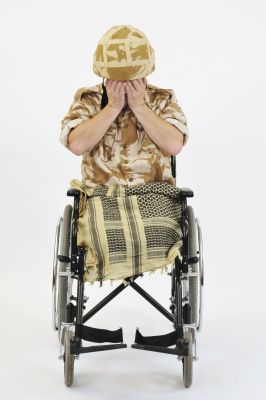
Learning Objectives
- Examine the origin and the extent of different types of violence, including community violence, domestic violence and suicide
- Identify the risk factors as well as the prevention strategies for each type of violence
- Learn what is Post-Traumatic Stress Disorder (PTSD), when it starts, and how to help those who are affected by it
- Learn the best practices to address violence during and after a disaster
4 URLs, 1 Quiz -
Module 8: Lesson 2: Providing Psychosocial Support
Learning Objectives:
- Explain the negative ramifications of armed conflict on the psychosocial well-being of civilians.
- Break down issues of substance use among active-duty military personnel and veterans.
- Outline psychosocial and substance abuse support strategies and interventions for individuals affected by armed conflict.
6 URLs, 1 Quiz, 1 SCORM package - Explain the negative ramifications of armed conflict on the psychosocial well-being of civilians.
-
Course and Self Evaluation & Certificate
 In this section, you can provide feedback about this course to help us make NextGenU.org better. Once evaluations are completed, you will be able to download your certificate of completion.
In this section, you can provide feedback about this course to help us make NextGenU.org better. Once evaluations are completed, you will be able to download your certificate of completion.


 Click here to start Final Examination
Click here to start Final Examination